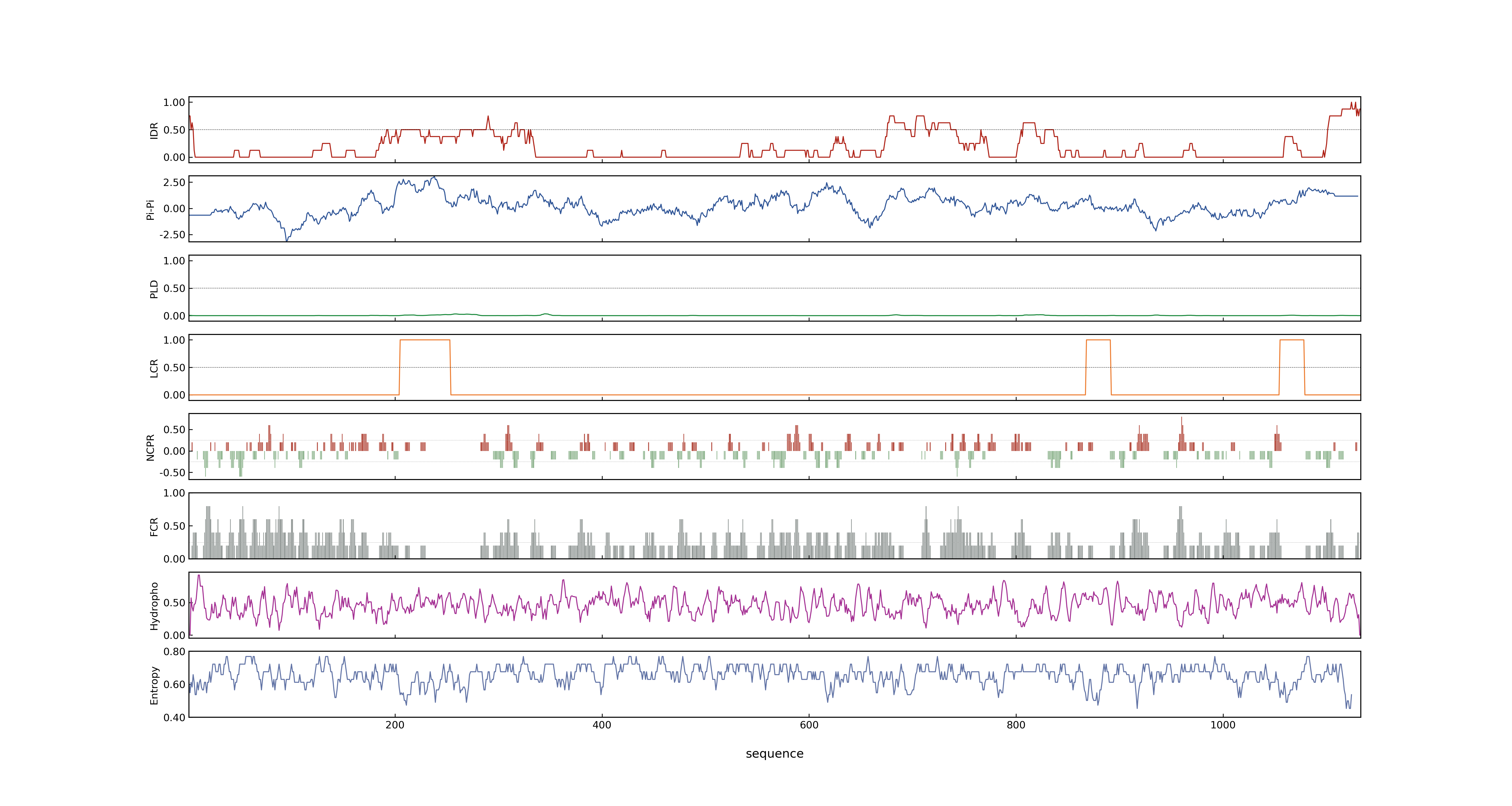- Information
- Symbol: OsTPL,ASP1,OsLIS-L1
- MSU: LOC_Os08g06480
- RAPdb: Os08g0162100
- PSP score
- LOC_Os08g06480.1: 0.7821
- PLAAC score
- LOC_Os08g06480.1: 0
- pLDDT score
- NA
- MolPhase score
- LOC_Os08g06480.1: 0.99885845
- MolPhase Result
- Publication
- OsLIS-L1 encoding a lissencephaly type-1-like protein with WD40 repeats is required for plant height and male gametophyte formation in rice, 2012, Planta.
- Aberrant spikelet and panicle1, encoding a TOPLESS-related transcriptional co-repressor, is involved in the regulation of meristem fate in rice, 2012, Plant J.
- Genbank accession number
- Key message
- Close examination revealed that regulation of meristem fate was compromised in asp1: degeneration of the inflorescence meristem was delayed, transition from the branch meristem to the spikelet meristem was accelerated, and stem cell maintenance in both the branch meristem and the spikelet meristem was compromised
- It is likely that the pleiotropic defects are associated with de-repression of multiple genes related to meristem function in the asp1 mutant
- Here we analyzed a recessive mutant of rice, aberrant spikelet and panicle1 (asp1), that showed pleiotropic phenotypes such as a disorganized branching pattern, aberrant spikelet morphology, and disarrangement of phyllotaxy
- The asp1 mutant also showed de-repression of axillary bud growth and disturbed phyllotaxy in the vegetative phase, suggesting that the function of this gene is closely associated with auxin action
- Cytological examination confirmed that OsLIS-L1 does not affect the meiosis in pollen mother cells
- Compared with wild type, the oslis-l1 mutant had abnormal male gametophyte formation, but anther cell wall and pollen wall development were not affected
- Consistent with these observations and the molecular function of Arabidopsis TPL, auxin signaling was also compromised in the rice asp1 mutant
- Two independent alleles, designated oslis-l1-1 and oslis-l1-2, exhibited similar abnormal developmental phenotypes, including semi-dwarf, shorter panicle length, and reduced male fertility
- OsLIS-L1 transcript is relatively highly abundant in stem and panicle and has a dynamic expression pattern at different panicle developmental stages
- Histological analysis revealed that OsLIS-L1 regulates the cell proliferation in the first internode under the panicle
- OsLIS-L1 encoding a lissencephaly type-1-like protein with WD40 repeats is required for plant height and male gametophyte formation in rice
- Here, we report the cloning and functional characterization of a novel rice gene OsLIS-L1 (Lissencephaly type-1-like 1), which is required for normal fertility and the first internode elongation
- Connection
Prev Next
